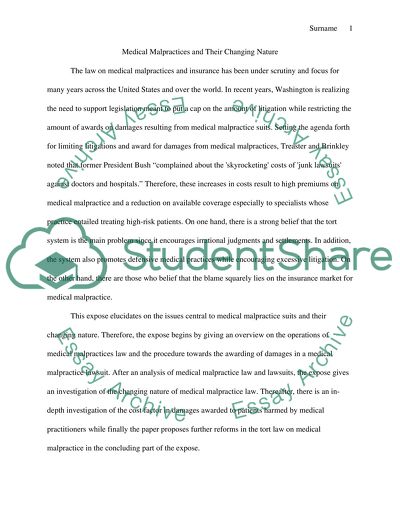Cite this document
(“Medical Malpractices Lawsuits and Their Changing Nature Essay”, n.d.)
Medical Malpractices Lawsuits and Their Changing Nature Essay. Retrieved from https://studentshare.org/law/1443642-medical-malpractice-suites-and-how-they-are
Medical Malpractices Lawsuits and Their Changing Nature Essay. Retrieved from https://studentshare.org/law/1443642-medical-malpractice-suites-and-how-they-are
(Medical Malpractices Lawsuits and Their Changing Nature Essay)
Medical Malpractices Lawsuits and Their Changing Nature Essay. https://studentshare.org/law/1443642-medical-malpractice-suites-and-how-they-are.
Medical Malpractices Lawsuits and Their Changing Nature Essay. https://studentshare.org/law/1443642-medical-malpractice-suites-and-how-they-are.
“Medical Malpractices Lawsuits and Their Changing Nature Essay”, n.d. https://studentshare.org/law/1443642-medical-malpractice-suites-and-how-they-are.


